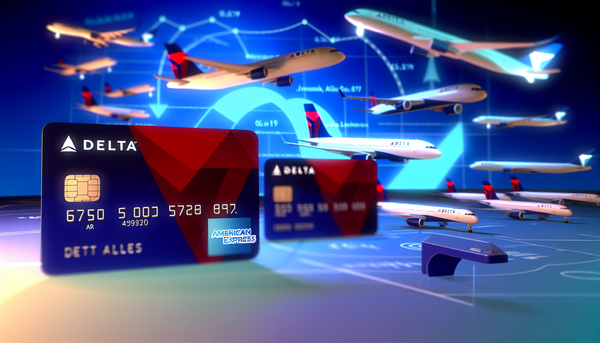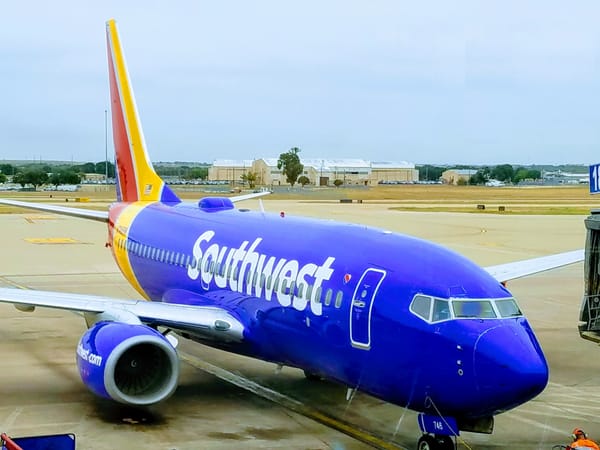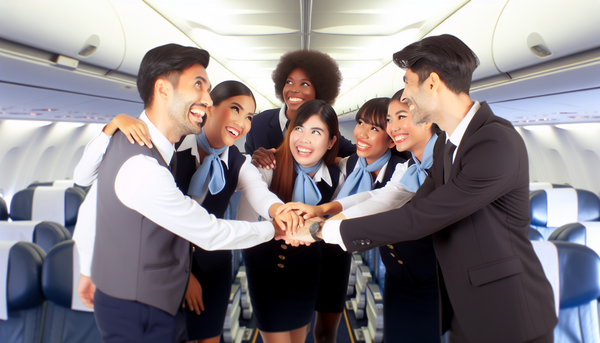Healthy Flying - Avoiding the Health Hazards of Airplane Travel
Discover essential tips for maintaining health during air travel, including hydration, movement, and ear protection to combat flying's challenges.
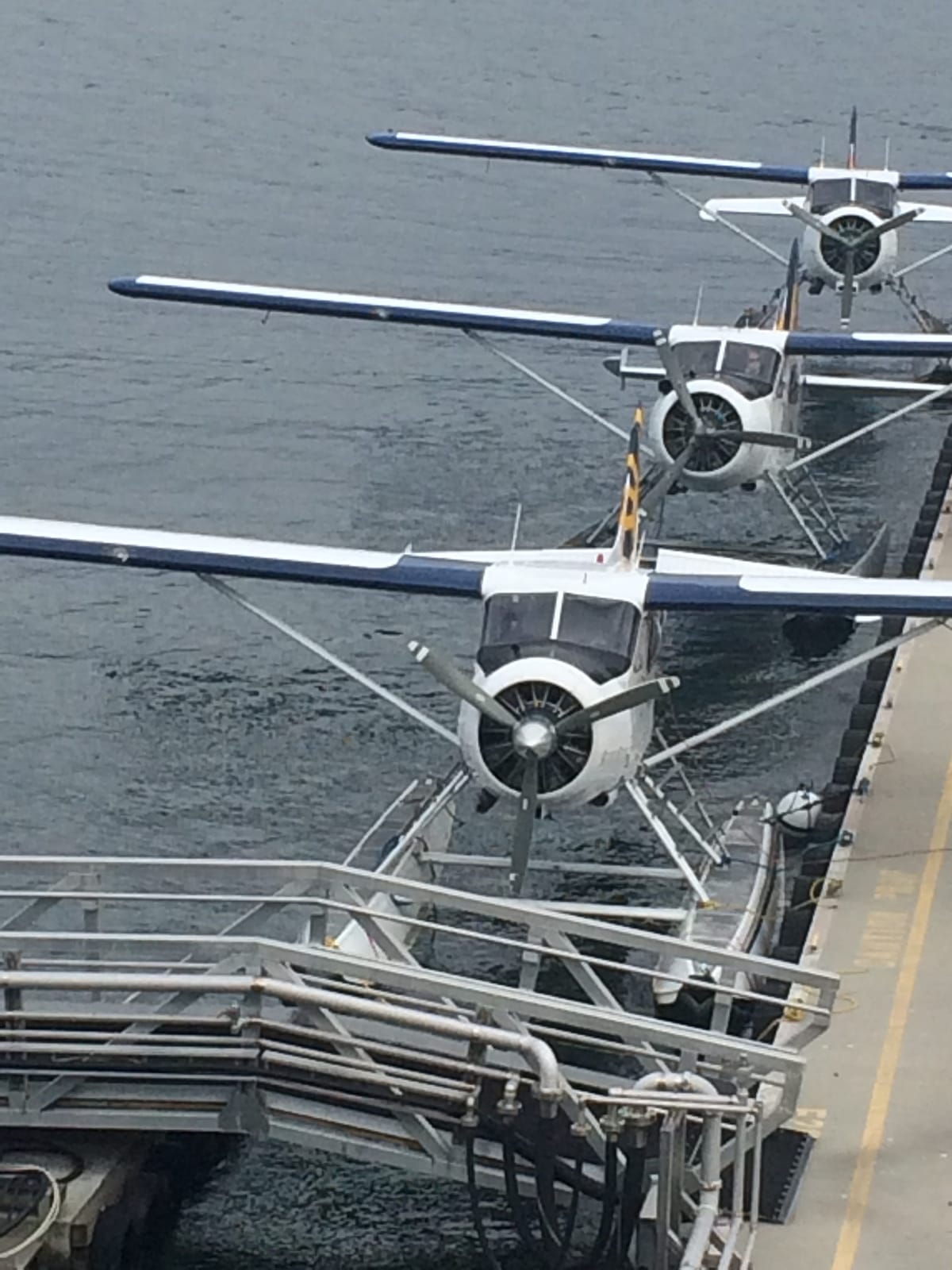
Airplanes have never provided the healthiest environment, but with seat room shrinking and empty seats disappearing, and the added stress in security, staying healthy is even more challenging. So what are you to do about the low humidity, reduced oxygen, cramped quarters, recirculated air, noise, motion, and cosmic radiation that are a part of the airplane environment? Add to that the jet lag, stress, and lack of sleep often associated with long distance trips and you have a recipe for illness. In spite of that, healthy flying is possible.
Six Tips for Dealing with the Health Hazards of Airplane Travel
1. Turn off the air vent above your seat
People on flights are about 100 times more likely to get a cold after their trip, according to a study in the Journal of Environmental Health Research. You can’t do much about the person sneezing next to you, but you can limit the germs from the other 150 from blowing in your face. (You can also swipe the tray table and remote controls with an antiseptic cloth.)
2. Draw the alphabet with your toes
Many people know about the potential for getting blood clots in their legs from lack of movement. Drawing the alphabet with your toes is a fun exercise that will get the blood moving through your veins, minimize the likelihood of getting a blood clot, and reduce swelling in your legs and feet.
3. Drink lots of water
Staying hydrated can help prevent blood clots, help your body counter the low humidity that is part of the airplane environment, help prevent motion sickness, and counter constipation associated with prolonged sitting. Coffee, tea, and alcohol are diuretics. Not what you need. But carbonated beverages are not a great alternative either. They are full of gas and sugar.
The low cabin pressure makes gas expand and the sugar is a breeding ground for bacteria. Be kind to your seatmates and avoid them. If you don’t like plain water, try mixing it with orange or tomato juice. Of course, increasing the liquid you drink will increase your trips to the bathroom, another way to get your blood moving (see #2.)
4. Protect your ears
Planes are noisy, almost as noisy as rock concerts, especially in the rear seats. So if you want to help prevent hearing loss, bring some earplugs for your next flight or better, noise-cancelling headphones. And don’t turn up the volume of your music so you can hear it over the engine noise. That only creates more problems.
5. Learn the Valsalva maneuver
That’s the medical term for a technique to relieve the annoying and sometimes painful pressure in your ears when the plane descends and air pressure increases. If yawning, chewing, or swallowing don’t work, close your mouth, pinch your nose and gently blow out. If you hear babies crying around you, be patient. That’s the only way they can relieve their ear pressure.
6. Eat miso soup before you fly
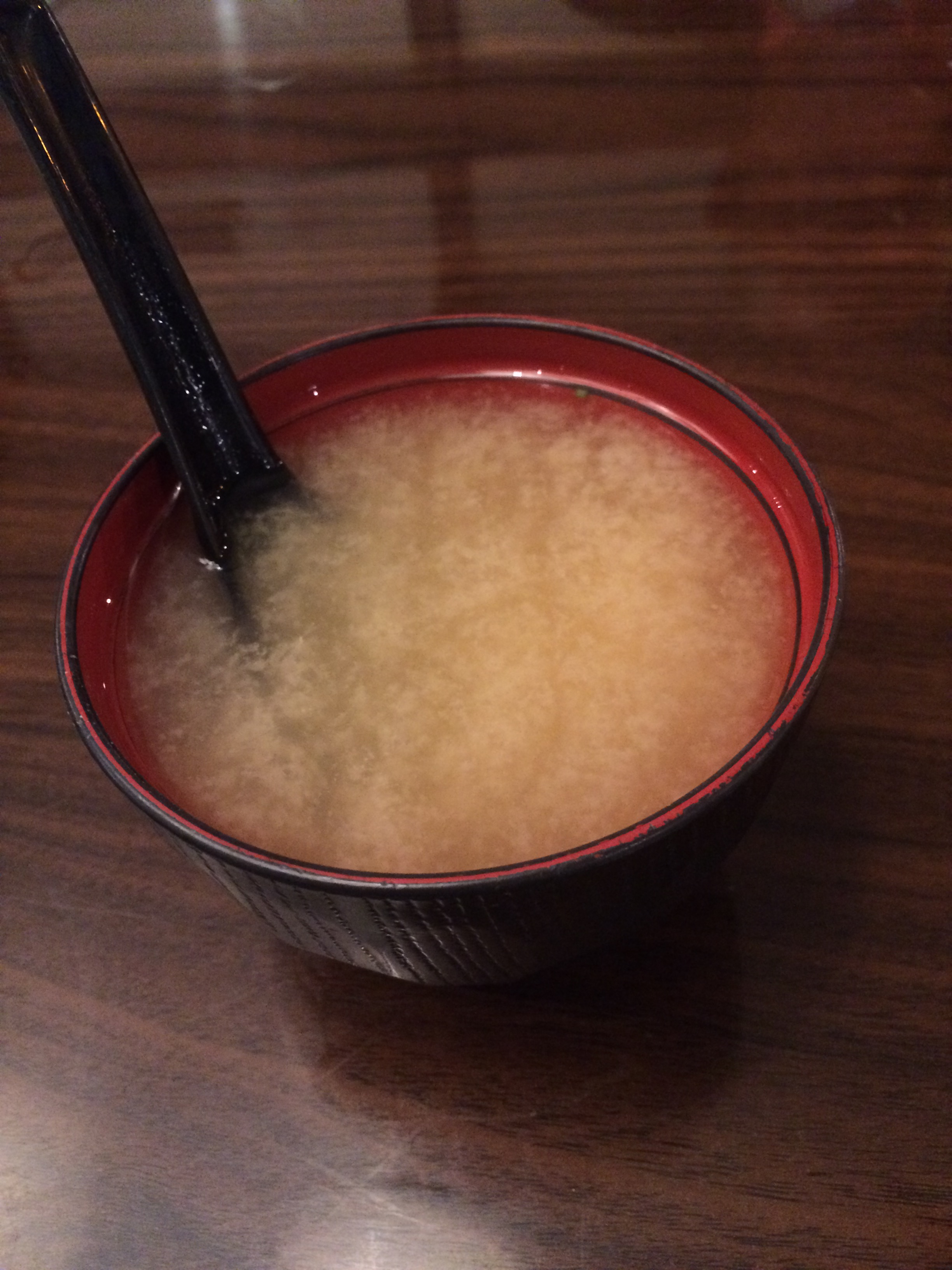
A flight from LA to NY gives you a dose of radiation equivalent to about eight dental x-rays due to bombardment from cosmic rays. You are closer to the sun with less protection from the earth’s atmosphere, so more cosmic rays hit your body. Aircrew have more radiation exposure than nuclear power plant workers. There’s not much you can do to protect yourself from cosmic rays. However some studies suggest Miso soup can help your body cope with the health hazards of airplane travel.
Find more info on avoiding the health hazards of airplane travel at Web MD.
Healthy Flying is Your Goal
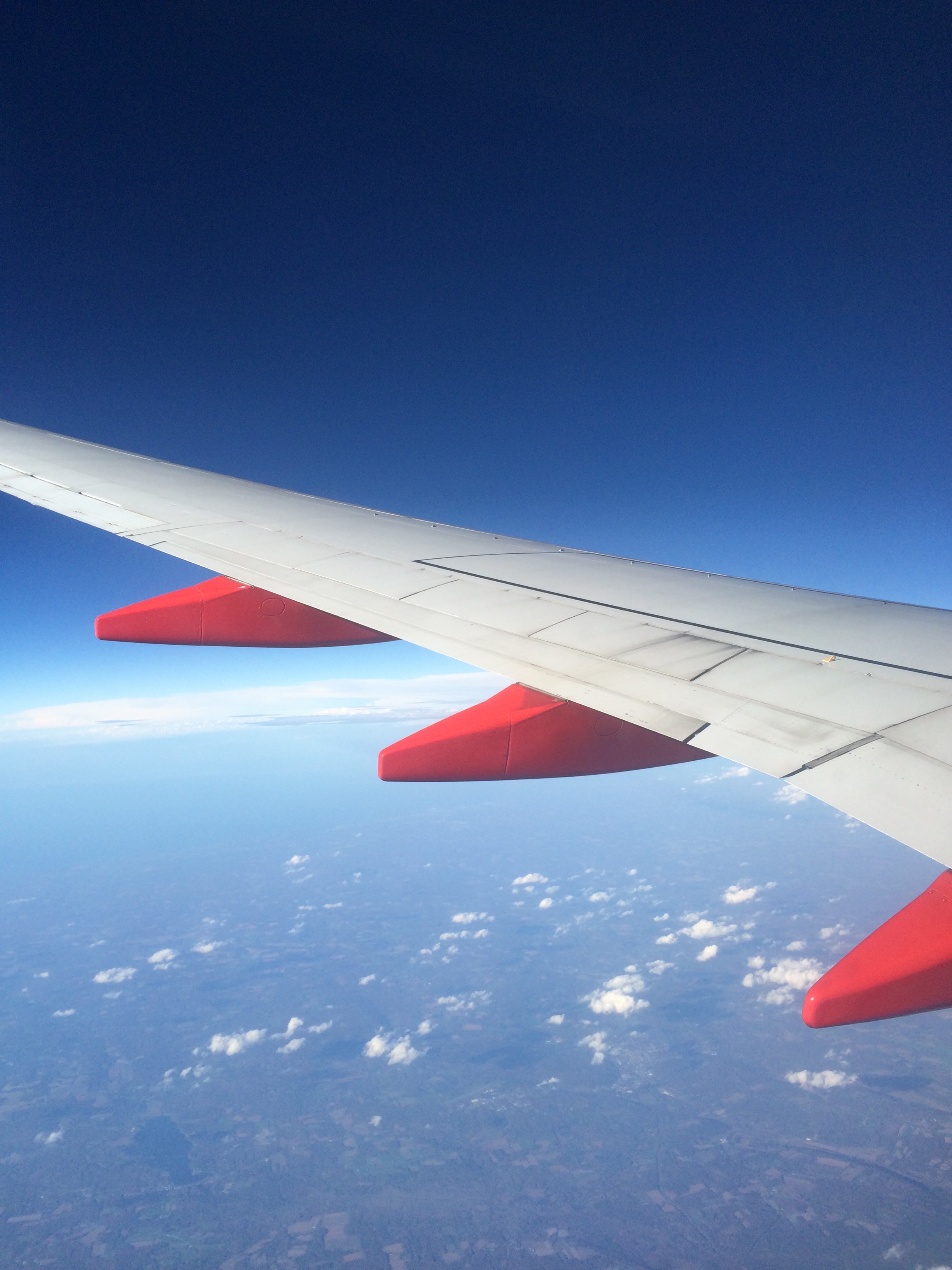
So pack your ear plugs, favorite sleep aids, eye shades, neck pillow, and extra layers. Take some deep breaths, lie back and enjoy the flight.


